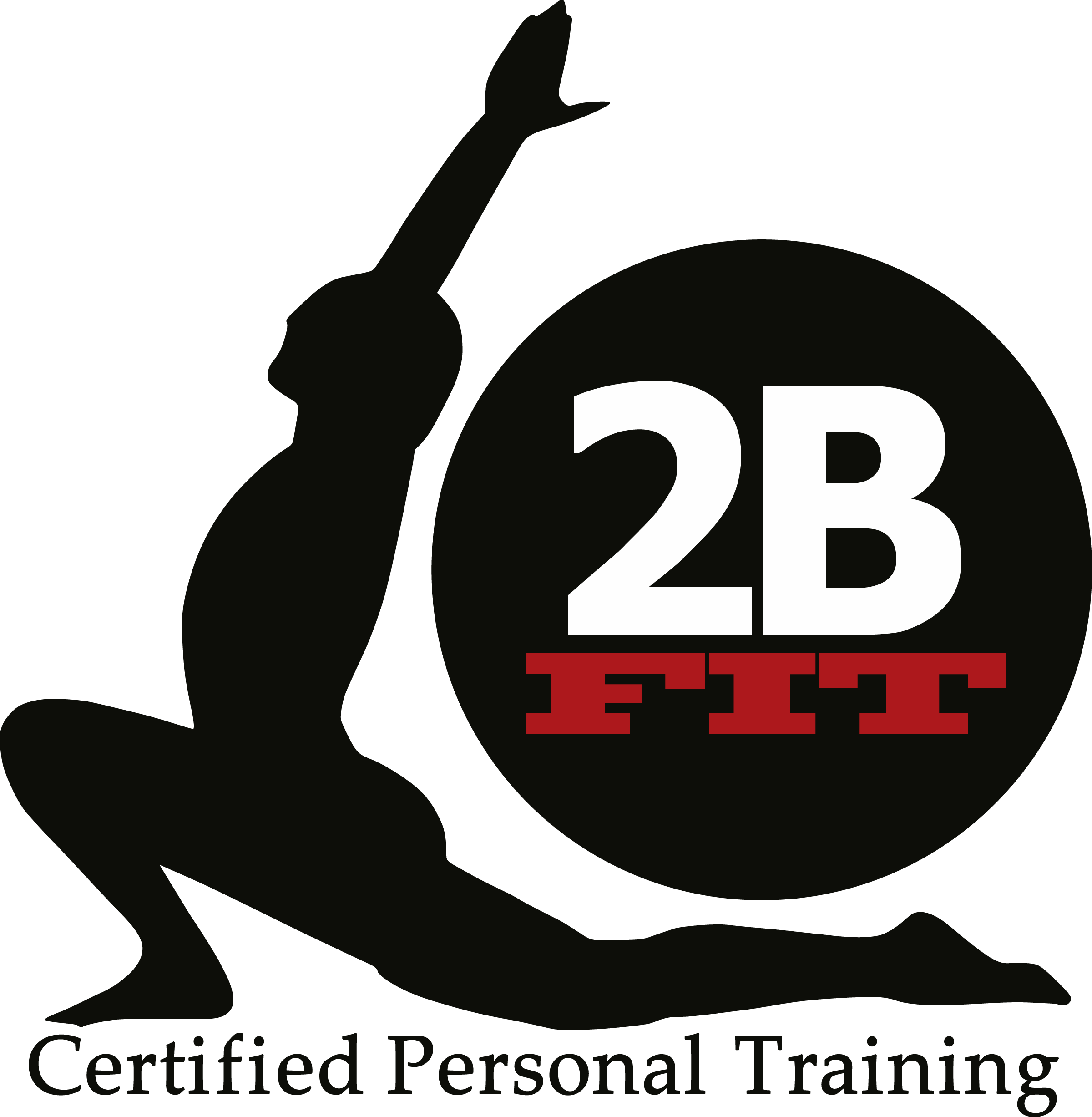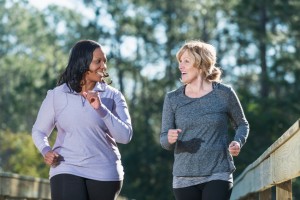Walking, A Great 1st Step
I’m often asked if just walking isn’t “good enough” for exercise.
The short answer is: Nope. Sorry, but it’s not. Walking IS a great first step – pun intended. So, if you’re thinking of starting an exercise program, then yes, absolutely – get up and go for a walk. Or, if you’ve been walking more than normal during the last year because of the pandemic, then now is the time to take that next step. Strength training, for instance, can’t be ignored, especially later in life. Don’t get me wrong. Walking has tremendous benefits. It’s easy for most people, and you can do it anywhere, anytime, with no special equipment other than a good pair of shoes. You can even burn as much as 300 calories an hour if you increase the speed or add some hills to tax your glutes, hamstrings, and calves a bit more, and that’s always a good thing. A consistent routine can lead to weight loss, up to 15 pounds a year for someone who is just starting out. So that’s a great start, but realize that for continued weight loss, like any other routine, you’ll have to increase the intensity or duration. That might mean incorporating some intervals – pick up the speed and walk as quickly as possible or break into a jog for 1 minute of every 5 or 10 minutes of walking, for example. Gradually increase these speed intervals. I don’t personally recommend carrying weights or wearing ankle weights to walk. It can alter your posture and walking mechanics and strain your ligaments and tendons potentially causing injury to the joints. However, carrying a resistance band and stopping along your route for a few strengthening exercises is a safe and easy way to up the intensity of your walk and add some all-important strength training to the mix. Walk at a brisk pace, so that a prolonged conversation is a challenge. That’s the pace needed to lead to improvements in blood pressure, cholesterol, etc. Why just walking isn’t enough: Strength training is essential; Here’s why.
These changes are normal but that doesn’t mean they cannot be reduced significantly with a well-rounded fitness program. Resistance training builds muscle to improve your metabolism Feel like you need a good shot of WD40 to ease stiff creaky joints? Our bodies are a marvel and our joints have Synovial fluid, their very own lubrication built right in. moving the joints through a full range of motion gets the synovial fluid in and around the surfaces of the joints so they can guild comfortably against each other instead of rubbing with friction. Having more strength makes everyday tasks easier. This means your body simply doesn’t have to work as hard, at whatever you’re doing so you won’t tire as easily. And strengthening the muscles of the hips and thighs improves hip and knee stability for better balance Sarcopenia is the term for loss of muscle mass due to aging. This muscle loss affects your balance, your walking, and even your ability to carry out activities of daily living ( ADL’S) A muscle isn’t just a solid hunk of meat. Within each muscle, there are different types of muscle fibers, Slow Twitch and Fast Twitch and each type has its own primary function. This is important to know because Fast Twitch are the first ones we lose as we age. What is particularly alarming is these are the ones responsible for explosive movement. Perhaps you’re thinking explosive movement is reserved for sports and recreation. But whether or not you are involved in a sport you just don’t know when you might need to react with speed and strength (think, lunging to stop a grandchild who is about to touch a hot stove,) And you already know the implications of a fall get much more grim the older we get. These Fast-twitch Muscle fibers are crucial for quick reaction and righting reflex. Imagine you’re walking across the floor and a cat darts in front causing you to stumble. Fast-twitch muscle fibers, quickly and powerfully contract in order to keep you from falling. While slow-twitch muscle fibers are worked during a walking program. Strength training is needed to stimulate these all-important fast-twitch fibers. This is another reason why just walking simply isn’t enough to maintain muscle strength. I hope I’ve given you food for thought on the importance of strength training. It’s not just for bodybuilders, in fact. I would argue it’s much more important for regular folk who just want to live long and live well. I get it. If you have never done anything like this before it can seem scary and overwhelming but it doesn’t have to be. Getting started is the hardest part. If you are brand new to resistance training it is helpful to have guidance from a trained fitness professional who will guide you in proper form and exercise selection for best results.
Come see me, I’ll help you improve balance, and mobility while building strength and stamina, so you can live the life you want.
Look Good Feel Good Live Better! Stacia
|



Nice tips, thanks